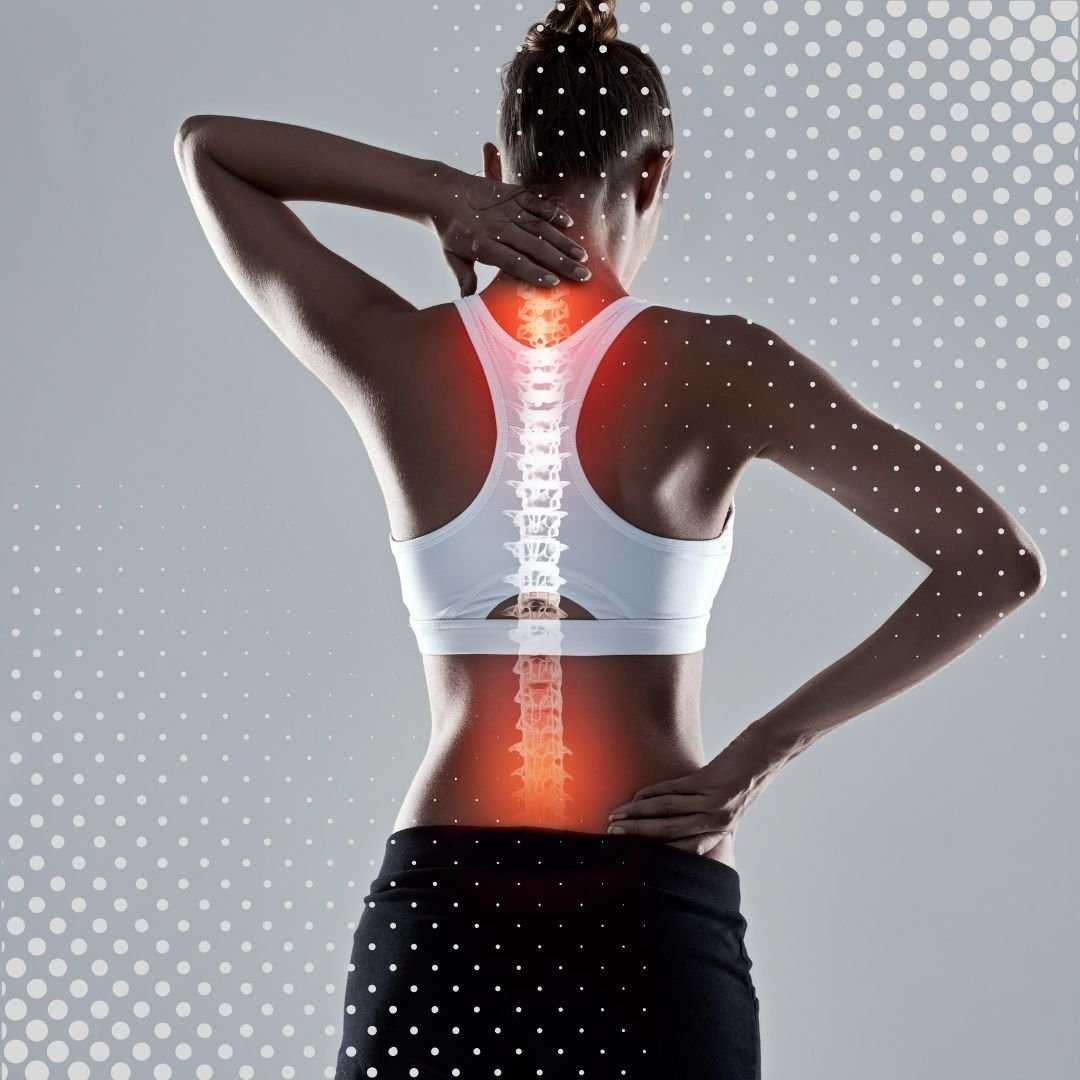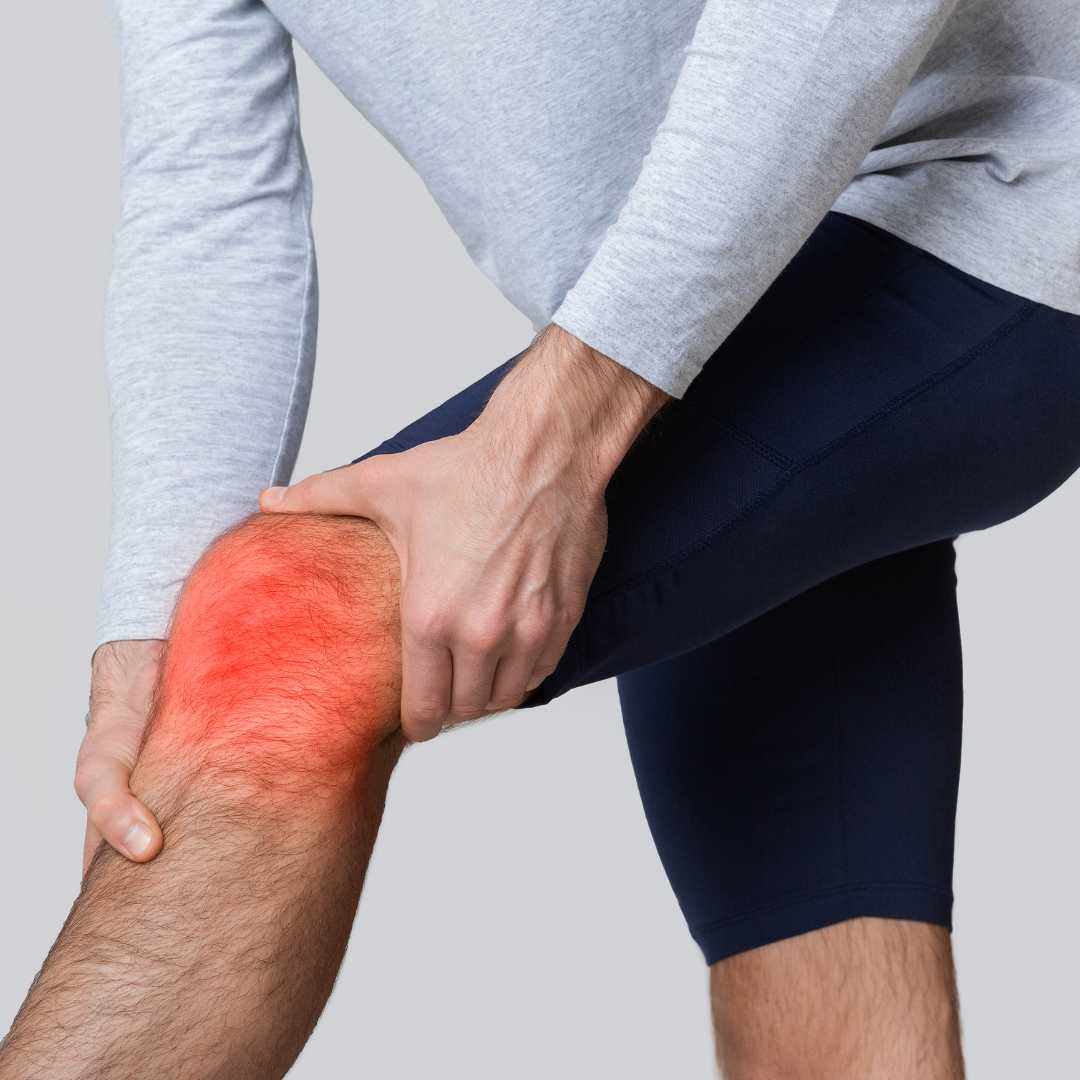
Finding Freedom: Your Guide to Shopping Addiction Treatment Abroad
Do you find yourself caught in a cycle of impulsive purchases, often leading to financial strain, hidden debt, or feelings of guilt and shame? If the thrill of "retail therapy" has morphed into an uncontrollable urge to shop, you might be experiencing what's known as shopping addiction, or oniomania. This isn't just about enjoying shopping; it's a serious behavioral addiction that can profoundly impact your life and relationships.
Many individuals grappling with compulsive buying disorder feel isolated, wondering if there's truly a way out. The good news is, effective shopping addiction treatment is available, offering hope and practical strategies for regaining control. For some, finding the right support means looking beyond local options, exploring specialized treatment centers abroad that offer unique environments, privacy, and diverse therapeutic approaches.
This guide will explore everything you need to know about shopping addiction treatment, from understanding the symptoms and causes to navigating the various therapeutic options. We'll delve into why international treatment can be a compelling choice, compare costs, and help you understand what to expect on a journey towards a healthier, more balanced life, free from the grip of compulsive spending. If you're searching for "how to stop compulsive shopping," "help for online shopping addiction," or "overcoming retail therapy addiction," you've come to the right place.
What are the common signs and symptoms of shopping addiction?
Recognizing the symptoms of shopping addiction is the first crucial step towards recovery. While everyone enjoys shopping occasionally, for those with an addiction, it transcends enjoyment and becomes a compulsive, often destructive, behavior. Here are key indicators:
- Preoccupation with Shopping: Constantly thinking about shopping, planning shopping trips, or anticipating the next purchase.
- Loss of Control: Inability to resist the urge to buy, even when you know you shouldn't or can't afford it. This often manifests as "online shopping addiction" or impulse buying.
- Spending Beyond Means: Accumulating significant debt, using credit cards excessively, taking out loans, or even stealing to fund purchases. Many search for "financial problems due to shopping."
- Hiding Purchases: Concealing shopping bags, invoices, or new items from family or partners due to shame or fear of confrontation.
- Euphoria and Guilt Cycle: Experiencing a temporary high or thrill during shopping, followed by intense feelings of guilt, remorse, anxiety, or depression afterward.
- Shopping as a Coping Mechanism: Using shopping to escape negative emotions, stress, loneliness, anger, or boredom. This is often disguised as "retail therapy."
- Damaged Relationships: Arguments with loved ones over spending habits, financial problems, or dishonesty.
- Hoarding: Accumulating many unused items, often still in their original packaging, leading to clutter and disorganization.
- Withdrawal Symptoms: Feeling irritable, restless, anxious, or depressed when unable to shop.
- Time Spent: Spending excessive amounts of time shopping, either in stores or online, often neglecting responsibilities.
If these symptoms resonate with your experience, it’s a strong indication that professional help for compulsive buying is needed.
What causes compulsive shopping and who is most at risk?
Shopping addiction is a complex condition with multiple contributing factors. It's rarely about the items themselves but rather the emotional void they temporarily fill. Common causes and risk factors include:
- Underlying Mental Health Conditions: Compulsive buying often co-occurs with other mental health disorders such as depression, anxiety disorders, obsessive-compulsive disorder (OCD), bipolar disorder, eating disorders, or substance abuse. Shopping can be a form of self-medication.
- Low Self-Esteem: Individuals who feel inadequate or unworthy may use shopping to boost their mood, enhance their self-image, or seek validation through possessions.
- Impulsivity: A predisposition towards impulsive behavior can make it harder to resist the immediate gratification of a purchase.
- Trauma or Stress: Past trauma, significant life stressors, or unresolved emotional pain can trigger compulsive behaviors as a way to cope or escape.
- Neurobiological Factors: Similar to other addictions, shopping addiction may involve dysregulation in brain reward pathways, particularly those involving dopamine. The act of buying releases dopamine, creating a temporary "high" that the brain then craves.
- Genetic Predisposition: A family history of addiction (whether to substances or behaviors) may increase an individual's vulnerability.
- Environmental and Societal Pressures: A consumer-driven culture that constantly promotes acquiring new goods, coupled with easy access to credit and online shopping, can exacerbate tendencies towards compulsive buying. Social media influences and marketing can also play a significant role.
- Loneliness or Boredom: Shopping can serve as a distraction or a way to fill time for those experiencing social isolation or a lack of engaging activities.
Understanding these root causes is crucial for developing an effective "treatment for compulsive buying" plan.
What types of treatment are effective for overcoming shopping addiction?
Overcoming shopping addiction typically involves a multi-faceted approach, tailored to the individual's specific needs and underlying issues. Here are the most common and effective treatment modalities:
- Cognitive Behavioral Therapy (CBT): This is a cornerstone of behavioral addiction treatment. CBT helps individuals identify and challenge distorted thoughts and beliefs related to shopping, develop healthier coping mechanisms, and learn to manage triggers. For example, replacing the thought "I need this new item to feel happy" with "I can find happiness in activities that don't involve spending."
- Psychotherapy (Individual and Group): Other forms of therapy, such as psychodynamic therapy, can explore deeper emotional issues, past traumas, or family dynamics that contribute to compulsive shopping. Group therapy offers a supportive environment where individuals can share experiences, receive feedback, and feel less alone.
- Support Groups: Programs like Debtors Anonymous (DA) are modeled after Alcoholics Anonymous and provide a structured framework for recovery, offering peer support, shared experiences, and accountability.
- Family Therapy: Since shopping addiction often impacts relationships, family therapy can help heal rifts, improve communication, and establish healthy boundaries around spending.
- Financial Counseling and Debt Management: A critical component of recovery, financial counseling helps individuals address debt, create budgets, and develop responsible money management skills. This can empower patients to take control of their finances and reduce stress.
- Medication: While there's no specific "medication for shopping addiction," antidepressants (especially SSRIs) or anti-anxiety medications may be prescribed if co-occurring conditions like depression, anxiety, or OCD are present. These can help stabilize mood and reduce compulsive urges.
- Mindfulness and Stress Reduction Techniques: Practices like meditation, yoga, and deep breathing can help individuals manage cravings, reduce anxiety, and improve emotional regulation.
A comprehensive program often combines several of these approaches, providing holistic support for lasting change.
Who is a good candidate for shopping addiction treatment?
Shopping addiction treatment is suitable for anyone who recognizes their shopping habits have become problematic and is motivated to make a change. You might be a good candidate if you:
- Experience significant distress: Your shopping habits cause you consistent guilt, anxiety, depression, or feelings of being out of control.
- Face financial difficulties: You are accumulating debt, struggling to pay bills, or facing bankruptcy because of your spending. Many seeking "help for financial problems due to shopping" are ideal candidates.
- Suffer relational problems: Your shopping has led to arguments, mistrust, or estrangement from family members or partners.
- Hide your behavior: You conceal purchases or lie about your spending, indicating shame and a realization that your actions are unhealthy.
- Have tried to stop but failed: You've made repeated attempts to cut back on shopping but find yourself returning to the compulsive behavior.
- Use shopping to cope: You regularly shop to escape negative emotions, stress, or boredom, rather than finding healthier outlets.
- Have co-occurring conditions: You also struggle with anxiety, depression, OCD, or other mental health issues that contribute to your shopping habits.
- Are open to change: While the journey can be challenging, a willingness to engage in therapy and make lifestyle adjustments is key.
Treatment programs are designed to support individuals at various stages of their addiction, offering tools and strategies for sustainable recovery. Don't wait until the situation feels insurmountable; early intervention can make a significant difference.
What is the typical recovery timeline and what can I expect?
The journey to recovery from shopping addiction is highly individual, but it's important to understand that it is a process, not a single event. There isn't a "cure" in the traditional sense, but rather a commitment to ongoing management and self-awareness. Here’s a general overview of what to expect:
- Initial Phase (Weeks 1-12):
- Assessment and Detox (Emotional): This phase involves a thorough evaluation of the addiction's severity, co-occurring conditions, and underlying triggers. For shopping addiction, "detox" isn't physical but involves abstaining from non-essential shopping, which can be challenging emotionally, leading to irritability or anxiety.
- Intensive Therapy: Regular individual and/or group therapy sessions (CBT, psychotherapy) focus on identifying destructive patterns, developing coping strategies, and addressing root causes. Patients learn practical skills like trigger management and emotional regulation.
- Financial Stabilization: Beginning to tackle debt, create budgets, and establish financial boundaries, often with the help of a financial counselor.
- Intermediate Phase (Months 3-12):
- Skill Reinforcement: Continuing therapy to strengthen new habits, practice healthier coping mechanisms, and manage cravings.
- Support Group Engagement: Active participation in groups like Debtors Anonymous for ongoing peer support and accountability.
- Relapse Prevention: Developing and implementing strategies to prevent relapse, recognizing warning signs, and knowing how to respond if a slip occurs.
- Lifestyle Adjustments: Integrating new hobbies, social activities, and stress-reduction techniques that don't revolve around shopping.
- Long-Term Maintenance (1 Year+):
- Ongoing Support: Many individuals continue with occasional therapy sessions or regular support group meetings indefinitely.
- Personal Growth: Focusing on continued self-discovery, strengthening relationships, and pursuing personal goals.
- Vigilance: Staying aware of potential triggers and maintaining healthy financial and emotional boundaries.
Just like managing a chronic illness, recovery requires continuous effort. Setbacks can happen, but they are part of the learning process, not a sign of failure. The goal is to develop resilience and sustainable strategies for a life free from compulsive buying.
Are there any risks or challenges associated with shopping addiction treatment?
Shopping addiction treatment itself is generally safe, but the process of confronting an addiction and making significant life changes can come with its own set of challenges and potential "risks" in a broader sense. These are not medical side effects but rather difficulties inherent in the recovery journey:
- Emotional Distress and Vulnerability: Therapy often requires confronting painful emotions, past traumas, and uncomfortable truths. This can be emotionally taxing and lead to feelings of sadness, anger, or anxiety before improvement is felt.
- Withdrawal-like Symptoms: Abstaining from shopping can initially lead to intense cravings, irritability, restlessness, and an overwhelming sense of loss, similar to withdrawal from substance addictions.
- Risk of Relapse: Recovery is not linear. There's always a risk of returning to compulsive buying, especially during times of stress or vulnerability. Learning to manage potential "slips" is part of the treatment.
- Financial Burden of Treatment: While necessary, the cost of therapy, inpatient programs, and related services can be significant, especially if not covered by insurance. This adds another layer of stress for individuals already facing financial difficulties due to their addiction.
- Stigma and Shame: Despite growing awareness, behavioral addictions can still carry a stigma. Admitting to a shopping addiction and seeking help can be challenging due to feelings of shame or embarrassment.
- Impact on Relationships: As you change, existing relationships may also need to adapt. This can sometimes lead to tension or the need to establish new boundaries with family or friends.
- Co-occurring Condition Management: If other mental health issues like depression or anxiety are present, managing these alongside the addiction can add complexity to treatment. Medication adjustments may have side effects, and finding the right balance takes time.
- Time Commitment: Effective treatment requires a significant time commitment for therapy sessions, support groups, and implementing new strategies, which can be challenging to balance with work or family responsibilities.
Despite these challenges, the long-term benefits of overcoming shopping addiction – improved mental health, financial stability, and healthier relationships – far outweigh the difficulties of the treatment process.
How much does shopping addiction treatment cost worldwide?
The cost of shopping addiction treatment is highly variable, depending on the type of program, its duration, location, and the specific therapies involved. Medical tourism can often provide a more affordable alternative without compromising quality.
Cost Comparison Table: Shopping Addiction Treatment (Estimated)
| Treatment Type | USA/Canada (Avg. Cost) | Western Europe (Avg. Cost) | Asia/Latin America (Avg. Cost) |
|---|---|---|---|
| Individual Psychotherapy (per session) | $100 - $250 | €80 - €180 ($90 - $200) | $30 - $100 |
| Intensive Outpatient Program (IOP - 8-12 weeks) | $3,000 - $10,000+ | €2,500 - €8,000 ($2,800 - $9,000) | $1,500 - $5,000 |
| Residential Inpatient Program (28-90 days) | $15,000 - $60,000+ | €10,000 - €40,000 ($11,000 - $45,000) | $5,000 - $25,000 |
| Support Groups (e.g., Debtors Anonymous) | Free (donations accepted) | Free (donations accepted) | Free (donations accepted) |
| Medication (monthly) | $50 - $300+ (if prescribed) | €20 - €100 ($22 - $110) | $10 - $70 |
*Note: These are average estimates and can vary significantly based on clinic reputation, specific services included, and individual patient needs. Travel costs, accommodation, and post-treatment care are additional considerations for international patients.
For those seeking "affordable addiction treatment abroad," countries in Asia (like Thailand, India) and Latin America (like Mexico, Costa Rica) often present compelling options, offering high-quality care at a fraction of Western prices, alongside a fresh environment conducive to healing.
Why should I consider shopping addiction treatment abroad?
The decision to seek shopping addiction treatment abroad is a deeply personal one, but it offers several compelling advantages that might not be available domestically:
- Privacy and Anonymity: For many, the shame associated with shopping addiction makes seeking local help daunting. Traveling abroad offers a high degree of privacy, allowing individuals to focus on healing away from social scrutiny or judgment.
- Escape from Triggers: Your home environment is often saturated with shopping triggers—malls, online ads, credit card statements. A change of scenery can provide a much-needed break from these external cues, enabling deeper focus on recovery without constant temptation.
- Cost-Effectiveness: As seen in the cost table, quality treatment abroad, particularly in certain regions, can be significantly more affordable than in Western countries, making comprehensive care accessible to a wider range of budgets. This is a major factor for those seeking "affordable addiction treatment abroad."
- Access to Specialized Programs: Some international clinics offer unique therapeutic approaches, holistic treatments, or a more integrated focus on wellness that might not be readily available in your home country.
- A Fresh Start: The act of traveling itself, combined with a new cultural experience, can be incredibly therapeutic. It symbolizes a break from old habits and the beginning of a new chapter, fostering a sense of renewal and commitment to change.
- Reduced Waiting Times: In some countries, there can be long waiting lists for specialized addiction treatment programs. Going abroad can often mean faster access to immediate care.
- Focus on Self: Being away from daily responsibilities and familiar routines allows for an uninterrupted focus on personal recovery and self-care, which is vital for deep healing.
For individuals burdened by the weight of their shopping addiction, a medical tourism journey can offer a profound opportunity for transformation.
What should I expect when traveling abroad for treatment, and how can I ensure quality care?
Embarking on a journey for shopping addiction treatment abroad requires careful planning and due diligence. Here's what to expect and how to ensure you receive high-quality care:
What to Expect When Traveling:
- Logistical Planning: You'll need to arrange flights, visas (if necessary), and airport transfers. Many medical tourism facilitators or clinics offer assistance with these arrangements.
- Cultural Adjustment: Be prepared for a new culture, language (though most reputable clinics have English-speaking staff), and local customs. This can be part of the therapeutic experience, offering new perspectives.
- Structured Environment: Most addiction treatment centers abroad provide a highly structured daily schedule including therapy sessions, group meetings, meals, and recreational activities. This routine is designed to help you focus on recovery.
- Distance from Triggers: You'll be physically removed from your usual shopping environments and financial temptations, which can be liberating but also requires adapting to a new routine without immediate gratification.
- Supportive Community: You'll likely be surrounded by other patients on similar journeys, fostering a sense of community and shared understanding.
- Holistic Approach: Many international centers incorporate holistic therapies like yoga, meditation, art therapy, and nutritional guidance alongside traditional psychotherapy.
How to Ensure Safety and Quality Abroad:
- Accreditation and Licensing: Research the clinic's accreditation. Look for international accreditations (e.g., Joint Commission International - JCI) or reputable national licensing bodies in the country of choice.
- Staff Qualifications: Verify the credentials and experience of the therapists, psychologists, and medical staff. Are they licensed in their respective fields? Do they have experience treating behavioral addictions?
- Treatment Approach: Understand the clinic's specific treatment philosophy and methodology. Does it align with evidence-based practices (like CBT) and your personal preferences?
- Language Proficiency: Ensure that the clinical staff and support teams are fluent in a language you are comfortable communicating in, ideally English.
- Patient Reviews and Testimonials: Seek out genuine patient reviews and success stories. PlacidWay can provide access to verified testimonials.
- Transparent Pricing: Get a detailed breakdown of all costs upfront, including treatment, accommodation, meals, activities, and any hidden fees. Understand what is and isn't included.
- Aftercare Planning: A good treatment program will have a robust aftercare plan for when you return home. This might include recommendations for local therapists, support groups, and online resources.
- Virtual Consultation: Request a virtual consultation with the clinic's team before committing. This allows you to ask questions, assess their professionalism, and get a feel for their approach.
By thoroughly researching and asking the right questions, you can confidently choose a high-quality, safe, and effective shopping addiction treatment program abroad.
What are patient success stories for overcoming compulsive buying abroad?
Real-life success stories are powerful testaments to the effectiveness of shopping addiction treatment abroad. While individual details vary, common themes emerge from patients who have found healing overseas:
- "Sarah's Fresh Start in Thailand": Sarah, a 45-year-old marketing executive from the UK, struggled with online shopping addiction, accumulating thousands in credit card debt. Ashamed and overwhelmed, she chose a residential program in Thailand. "Being away from my usual environment was transformative," she shared. "The blend of CBT, mindfulness, and the peaceful surroundings helped me break the cycle. I learned to manage my triggers, appreciate experiences over possessions, and finally started rebuilding my finances. I’m now three years debt-free and truly happy."
- "Mark's New Perspective in Mexico": Mark, 38, from Canada, used shopping to cope with anxiety and stress, often buying expensive electronics he didn't need. His relationship was crumbling. He opted for a clinic in Mexico, drawn by the affordability and reputation for holistic care. "The cultural immersion and focus on self-discovery, alongside therapy, gave me a completely new perspective," Mark recounts. "I realized my shopping was a symptom of deeper emotional needs. My partner even visited towards the end of my stay, and we worked on communication. We're now stronger than ever, and I find joy in simple activities, not purchases."
- "Emily's Return to Financial Health": Emily, a 52-year-old teacher from the US, faced bankruptcy due to compulsive luxury goods shopping. She chose an inpatient program in Costa Rica. "The intensive financial counseling and therapy were eye-opening," she explains. "I learned about budgeting, debt consolidation, and confronting the emotional void I was trying to fill with things. The supportive community of other patients made me feel understood. It wasn't easy, but I've returned home with a solid financial plan and a restored sense of dignity."
These stories highlight how a change of scenery, intensive therapy, and a supportive environment can be instrumental in breaking free from the grip of shopping addiction. The privacy, focused care, and opportunity for a fresh start abroad empower many to reclaim their lives and build a future rooted in wellness, not retail. Many patients report improved financial health, restored relationships, and a renewed sense of purpose and self-worth.
Take the Next Step with PlacidWay
Ready to explore treatment options abroad? Discover top clinics, compare prices, and get a free quote tailored to your needs with PlacidWay.









Share this listing